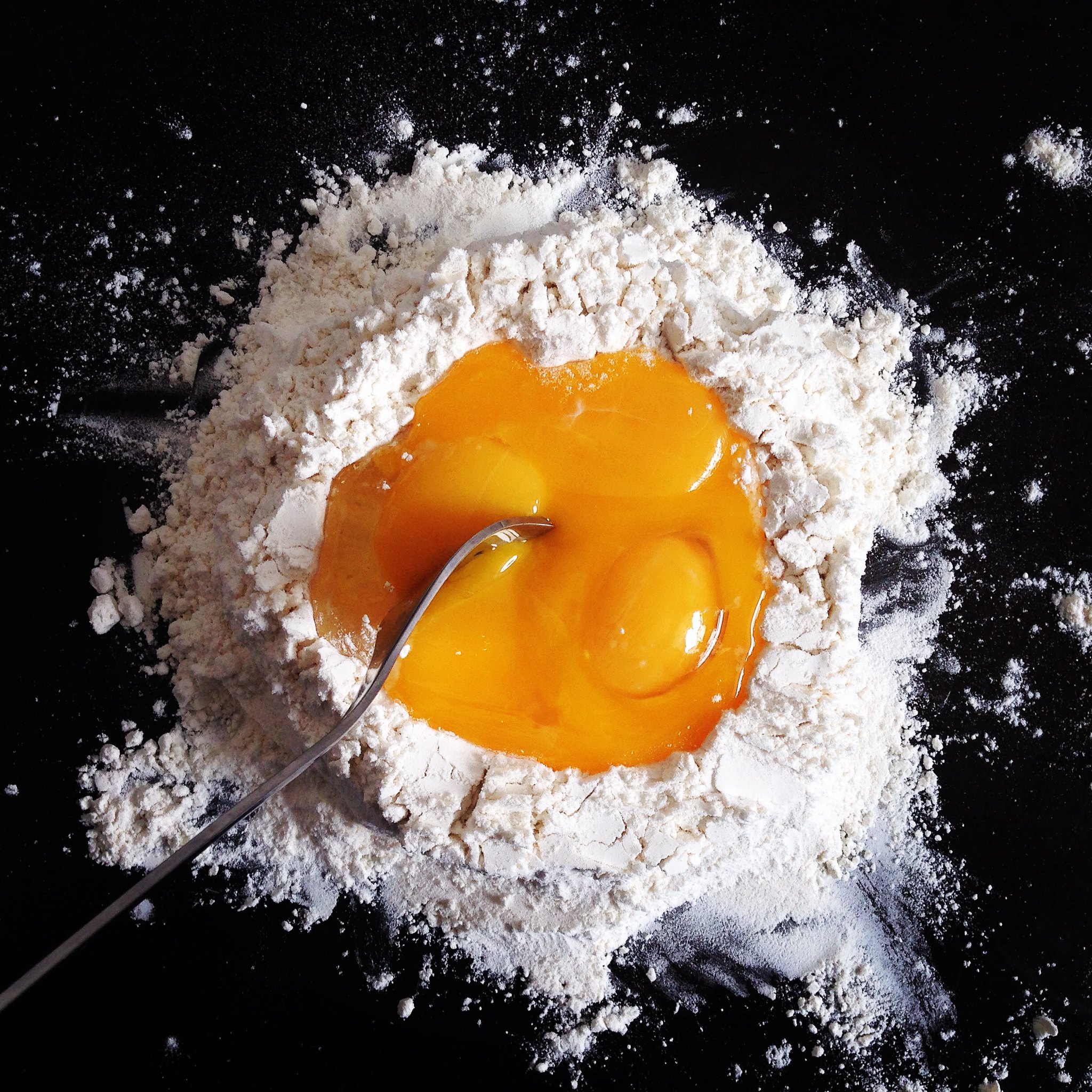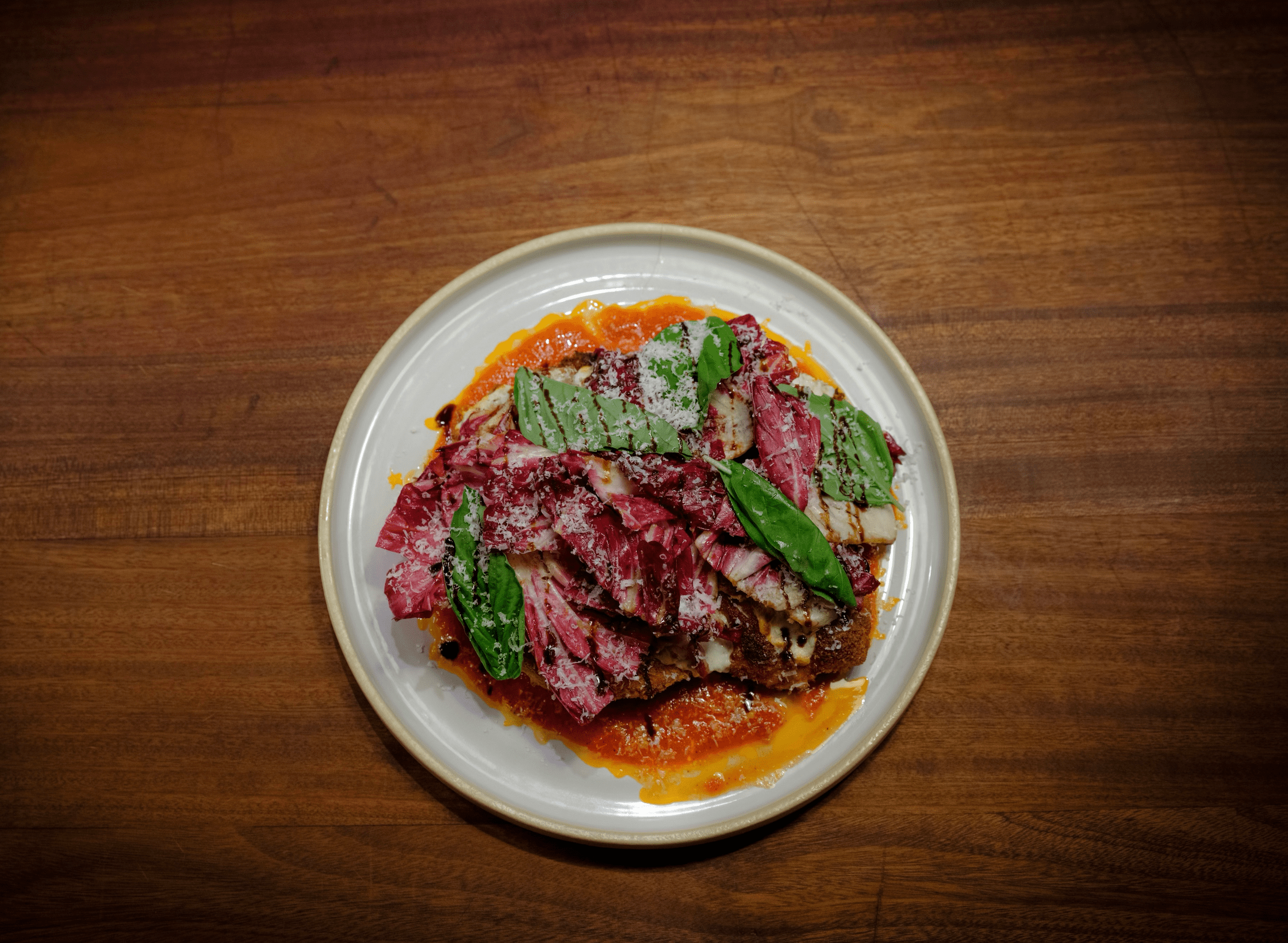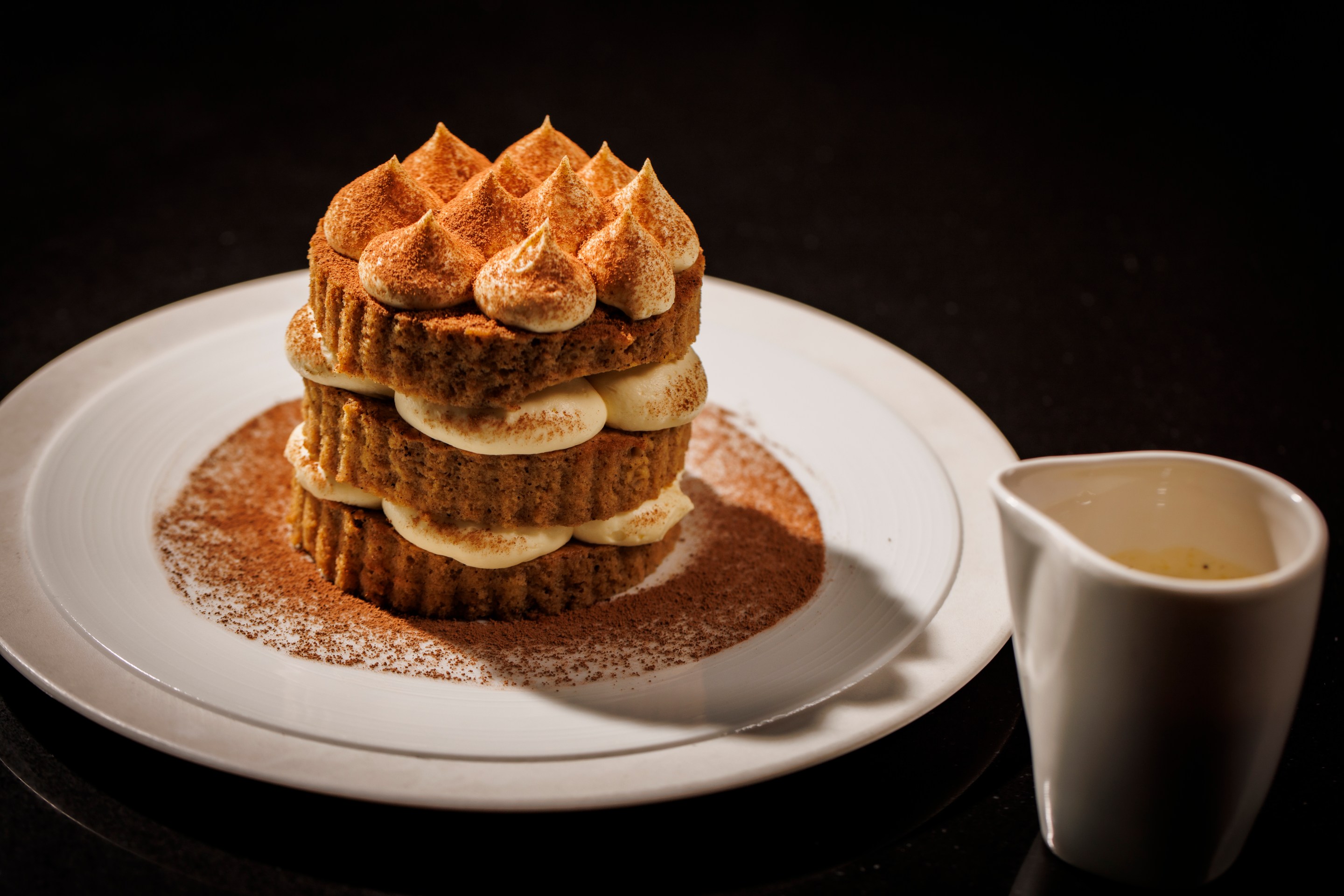I love making pasta dishes at home. Creating sauces from fresh farmer’s market-bought tomatoes, garlic and any other ingredients is always exciting. And even though it’s an activity I view as fun, there’s one part of the process that I’ve avoided much to my own chagrin: making pasta from scratch. I’m totally intimidated.
Thankfully, Antonia Lofaso, the executive chef of California’s Scopa Italian Roots — known for its pasta dishes — has some advice for pasta-making novices like myself.
Lofaso, who also hosts Beachside Brawl, which airs on Sundays at 9 p.m. on Food Network, shared five tips with Appetito on how to make pasta at home. Her most important advice? Practice, practice, practice. Repetition, she says, is the key factor to becoming a good pasta-maker.
“You start to get a flow and it becomes easier and easier,” Lofaso says.

Here are Lofaso’s five best tips for making pasta at home.
1. Consider your pasta-making workspace
Lofaso advises creating a “large enough” workspace in your at-home kitchen. “Put things away to create room to dust flour and roll dough,” she says. That way, “you don’t feel trapped, even if you have a small working space.”
2. Keep your kitchen cool
Temperature is another important factor to consider when making pasta at home, according to Lofaso. “Make sure the kitchen temperature is cool so that you and your dough don’t sweat,” she says.
3. Consider the quality of the ingredients you are using
The best ingredients make the best pasta. “Make sure you are using quality flour, eggs, olive oil, and salt,” Lofaso says, noting her favorite pasta flour to use is Caputo 00.
4. Review your recipe and equipment
Compatibility matters. Lofaso advises checking your recipe with the equipment you have to work with and making sure it is “consistent and compatible.”
5. Make sure you allow time for your dough to rest
“Pasta making shouldn’t be rushed,” Lofaso says, noting that giving your dough time to rest is a necessity in the pasta making process.
“Dough is best rested for at least 2 hours, and up to 24,” she says. “Wrap in a flat disk, so it’s easier to cut when cold.”







